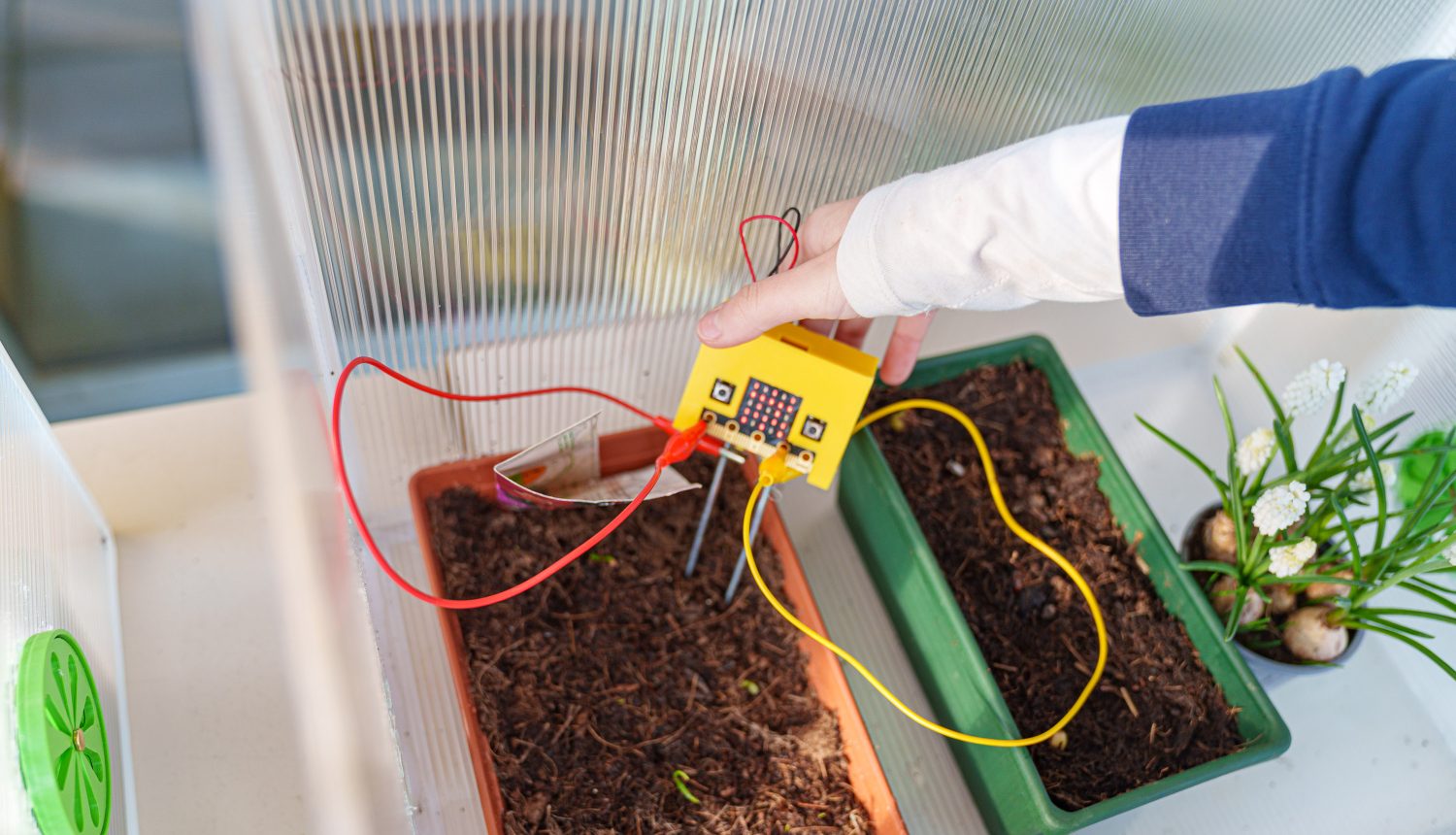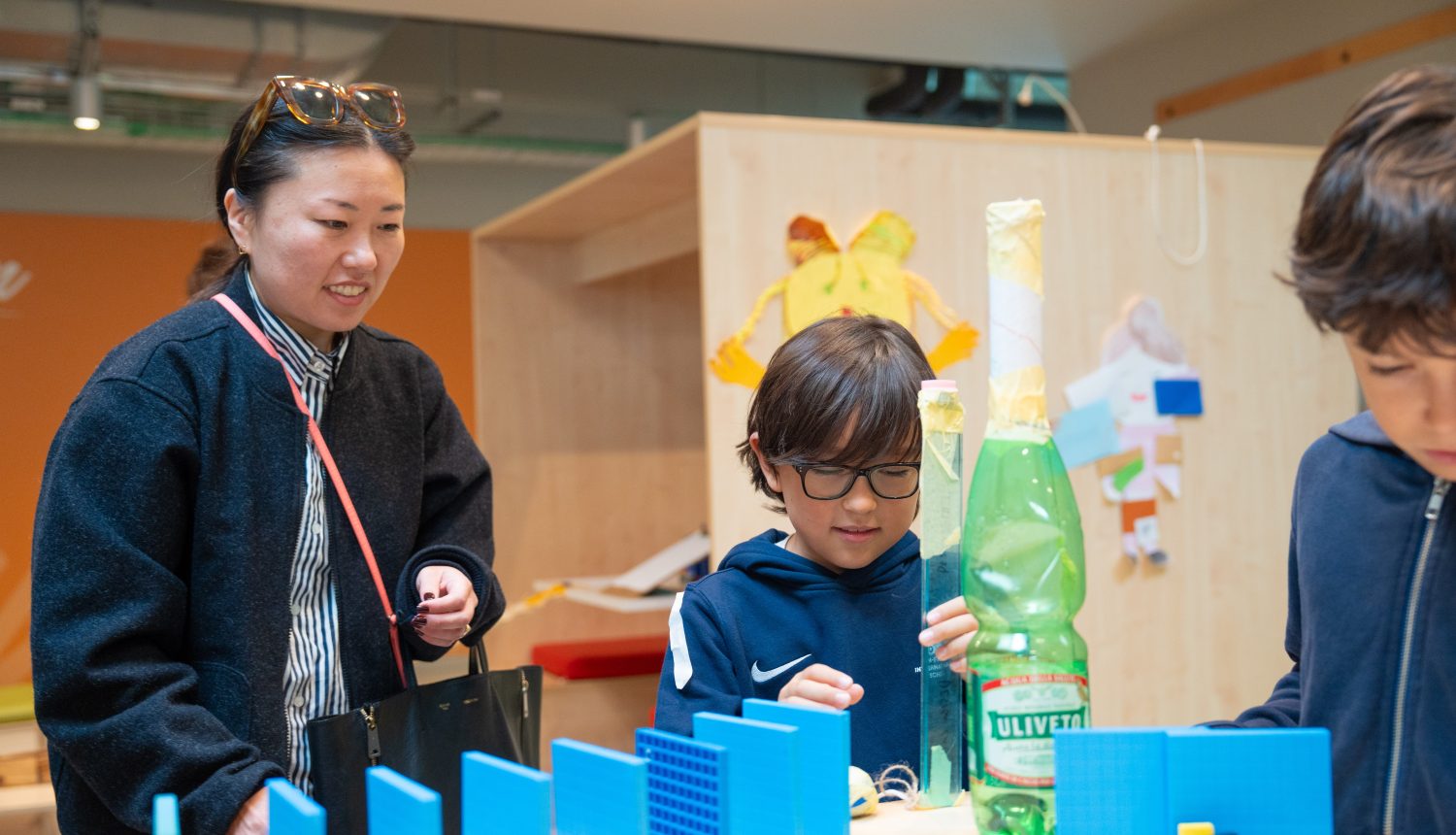The Silent Subject: Should Emotional Literacy Be as Important as Math in Middle School?

Written by Antonello Barbaro, CEO of H-FARM Education
Picture this scene from the beloved Pixar movie, Inside Out. A young Riley moves to a new city, and we’re taken inside her mind, witnessing her core emotions, Joy, Sadness, Anger, Fear, and Disgust, jostling for control, trying to navigate her overwhelming new reality. The film brilliantly illustrates what science confirms: our emotional world isn’t separate from our learning; it is the bedrock upon which all cognitive function rests.
Yet, in many middle school classrooms around the world, this vibrant, complex inner world remains the “silent subject.” While we meticulously chart progress in mathematics and science, the development of emotional literacy, the ability to understand and manage one’s feelings, empathize with others, and make responsible decisions, is often left to chance, or worse, dismissed as a “soft skill” secondary to academic rigor.
This raises a provocative question for our 11-14 year olds: Is a focus on well-being a ‘soft’ skill, or the essential, non-negotiable foundation for all meaningful learning during the turbulent years of adolescence?
The Global Divide: Curriculum on Emotional Development
Let’s examine contrasting approaches to integrating (or neglecting) emotional literacy:
- The Content-First Model (e.g., Traditional Italian & Russian Curricula): Historically, systems in countries like Italy and Russia have prioritized deep disciplinary knowledge and rigorous academic content. The curriculum is meticulously structured around subjects like literature, history, math, and science. While character education might be present, formal, explicit instruction in Social Emotional Learning (SEL) as a core competency is often implicit, assumed, or left to parents. The focus is overwhelmingly on intellectual development, with the expectation that emotional maturity will follow.
- The Holistic Development Model (e.g., IB Middle Years Programme, Modern Nordic Schools): In stark contrast, programs like the IB Middle Years Programme (MYP) integrate well-being and social-emotional development as core, explicit components. The MYP’s Approaches to Learning (ATL) skills specifically include Self-management skills (affective and reflection) and Social skills (collaboration), which are directly taught, practiced, and assessed. Similarly, modern Nordic education systems prioritize student well-being and resilience, recognizing them as prerequisites for academic success, not consequences of it.
- The Competitive Model (e.g., Some East Asian systems, certain A-Level tracks): In highly competitive environments, the intense pressure for academic achievement (e.g., to gain admission to top universities via A-Levels or similar exams) can inadvertently squeeze out dedicated time for emotional learning. While discipline and resilience are certainly fostered, the explicit teaching of emotional regulation or empathy may take a backseat to subject mastery, potentially contributing to the mental health challenges discussed in our previous article.
The Scientific Imperative: Why SEL is Non-Negotiable
Neuroscience confirms that adolescence (ages 11-14) is a period of profound brain development, particularly in regions associated with emotion, social cognition, and decision-making. It’s when young people are most susceptible to mental health challenges, but also when they can most effectively build crucial coping mechanisms.
Leading organizations like the Collaborative for Academic, Social, and Emotional Learning (CASEL) provide robust evidence that well-implemented SEL programs lead to:
- Improved academic performance: Students with strong SEL skills show higher GPAs and better standardized test scores.
- Reduced behavioral problems: Less aggression, more positive classroom climates.
- Enhanced well-being: Lower rates of depression, anxiety, and stress.
- Long-term success: Better outcomes in college, career, and life.
These are not “soft” outcomes; they are the hard data points of future flourishing. Equipping a middle schooler with quadratic equations is vital; equipping them with the tools to manage their anxiety before a test, resolve a conflict with a friend, or understand another’s perspective, is arguably more so.
- To parents: When assessing a middle school, do you inquire about explicit SEL curricula and mental health support, or solely focus on academic results and university pathways?
- To educators: How are we intentionally creating space in a packed curriculum for students to understand their own “Inside Out”, to name their emotions, navigate social complexities, and build resilience?
- As leaders: Are we championing emotional literacy as a core academic and life skill, investing in teacher training and dedicated curriculum time, or are we perpetuating the dangerous silence around the subject that shapes everything else?
It’s time for the “silent subject” to find its voice in every middle school. The evidence is clear: cultivating emotional intelligence in adolescence is not a luxury; it’s a necessity for academic success, personal well-being, and a thriving future.








 Back
Back
